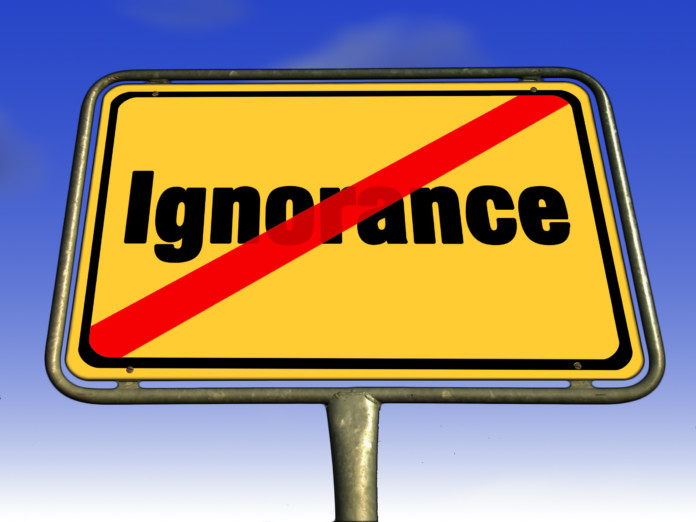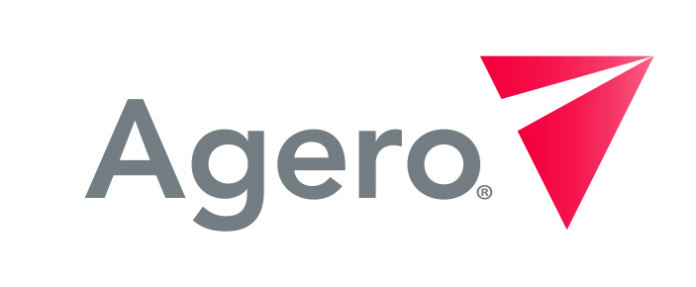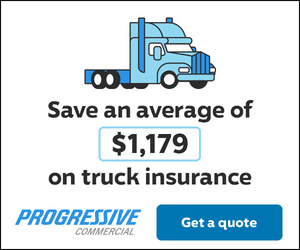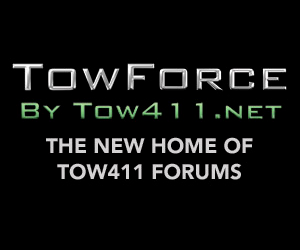At Clore, we have been saying for several years that if you own an older battery charger, you should be seriously thinking about replacing it. There were many reasons for us to make this suggestion, but we believe that those reasons have now hit such critical mass that the time really is now. Below, we break down the top seven reasons why.
1. AGM Batteries and Start-Stop Systems
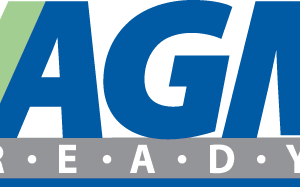 AGM (Absorbent Glass Mat) batteries are lead-acid batteries that use a special construction to deliver a higher performance than a typical flooded lead-acid battery. In this case, the special construction is that the lead plate in the battery is wrapped using a fiberglass mat material rather than simply being suspended in the liquid electrolyte of a standard flooded battery. The fiberglass mat allows battery manufacturers to make each individual plate thinner with more plates packed into a given battery case size. The AGM construction typically delivers greater starting power (more plate surface yields greater power), improved vibration resistance (the fiberglass mat results in a more stable construction) and increased cycling capability (ability to be drained more deeply without adverse consequence).
AGM (Absorbent Glass Mat) batteries are lead-acid batteries that use a special construction to deliver a higher performance than a typical flooded lead-acid battery. In this case, the special construction is that the lead plate in the battery is wrapped using a fiberglass mat material rather than simply being suspended in the liquid electrolyte of a standard flooded battery. The fiberglass mat allows battery manufacturers to make each individual plate thinner with more plates packed into a given battery case size. The AGM construction typically delivers greater starting power (more plate surface yields greater power), improved vibration resistance (the fiberglass mat results in a more stable construction) and increased cycling capability (ability to be drained more deeply without adverse consequence).
We have been talking about AGM batteries since 2006-2008, when they were found in a limited number of vehicles, such as the Gen 1 and Gen 2 Prius, Corvette and Grand Am models, and a smattering of imports. Since then, the AGM has gained considerable share as the OE battery of choice. This is particularly true when it comes to vehicles equipped with a Start-Stop system built for the North American market, where the AGM battery is the dominant type used.
But why does the growing popularity of the AGM battery influence the type of battery charger you should be using? AGM batteries require very specific charging routines and precise voltage control for proper charging and long battery life. Otherwise, the battery is not likely to last very long at all.
Traditional chargers (volts go up, amps go down) have very little control of voltage output and brings the battery’s
voltage as high as 16 Volts and higher. That’s bad news for an AGM, which typically doesn’t want its voltage raised above 14.6V or so (in normal temperatures). Also, AGM batteries require specific charging stages (constant current bulk charge stage, for example) for successful, beneficial charging. These required charging stages need a smart charger to deliver them – the indiscriminant power delivered by an old school charger does not fit the bill. So, whether you need a charger for a car, truck, boat, powersport vehicle, tractor or something else, do yourself a favor and make sure your charger can provide the proper power your battery requires.
2. Vehicle Electronics
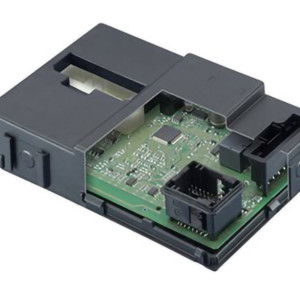 Like AGM batteries, the electronic modules that control almost every function of vehicle performance are extremely sensitive to excess voltage. If a traditional charger with very little or no voltage control is connected to a heavily depleted battery, its voltage output could exceed 16 Volts and even eclipse 17 Volts. This could spell trouble for modules and other sensitive vehicle electronics, which are difficult to repair and expensive to replace. Modern smart chargers precisely manage output voltage to eliminate the risk posed by the unregulated output seen in older chargers.
Like AGM batteries, the electronic modules that control almost every function of vehicle performance are extremely sensitive to excess voltage. If a traditional charger with very little or no voltage control is connected to a heavily depleted battery, its voltage output could exceed 16 Volts and even eclipse 17 Volts. This could spell trouble for modules and other sensitive vehicle electronics, which are difficult to repair and expensive to replace. Modern smart chargers precisely manage output voltage to eliminate the risk posed by the unregulated output seen in older chargers.
3. Temperature Compensation
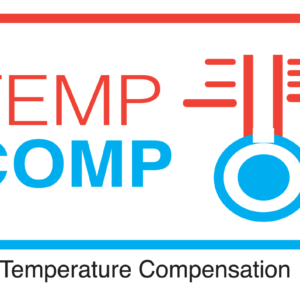 As we noted above, modern batteries are sensitive to many different variables, including temperature. All batteries prefer to be charged less as temperature rises and more when temperature drops. Older chargers charge in all conditions as if it were always 70˚ F. This one-size-fits-all approach results in overcharging batteries in hot climates and undercharging them in cold temperatures. Many smart chargers, such as our PRO-LOGIX chargers, feature temperature compensation to ensure that each battery charged gets exactly the charge it needs, no matter the temperature.
As we noted above, modern batteries are sensitive to many different variables, including temperature. All batteries prefer to be charged less as temperature rises and more when temperature drops. Older chargers charge in all conditions as if it were always 70˚ F. This one-size-fits-all approach results in overcharging batteries in hot climates and undercharging them in cold temperatures. Many smart chargers, such as our PRO-LOGIX chargers, feature temperature compensation to ensure that each battery charged gets exactly the charge it needs, no matter the temperature.
4. Longer Useful Battery Life
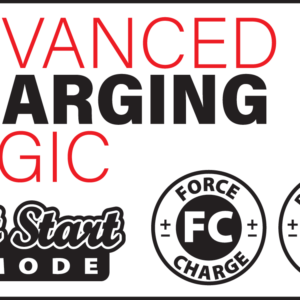 A key reason for choosing now to invest in a quality smart charger is that doing so can extend the useful life of your batteries. It is not uncommon for our customers to report extending battery life by two, even three, extra seasons as a result of deploying PRO-LOGIX chargers. This is a result of the more beneficial charge delivered by the smart charging curve of PRO-LOGIX combined with the enhanced maintenance mode offered by PRO-LOGIX chargers (more on this below). The great news is that the advanced multi-stage charging routine needed by newer battery types, such as AGM, Gel Cell and Spiral Wound batteries, is also extremely beneficial for traditional flooded batteries. Choosing a charger that helps ensure those batteries are ready when you need them and prolongs their useful life is an investment that has the potential for huge returns.
A key reason for choosing now to invest in a quality smart charger is that doing so can extend the useful life of your batteries. It is not uncommon for our customers to report extending battery life by two, even three, extra seasons as a result of deploying PRO-LOGIX chargers. This is a result of the more beneficial charge delivered by the smart charging curve of PRO-LOGIX combined with the enhanced maintenance mode offered by PRO-LOGIX chargers (more on this below). The great news is that the advanced multi-stage charging routine needed by newer battery types, such as AGM, Gel Cell and Spiral Wound batteries, is also extremely beneficial for traditional flooded batteries. Choosing a charger that helps ensure those batteries are ready when you need them and prolongs their useful life is an investment that has the potential for huge returns.
5. Managing Problem Batteries
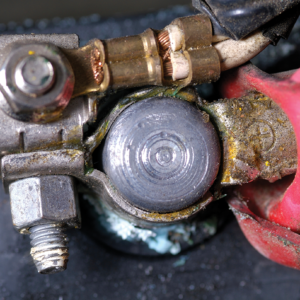 Similar to the preceding reason, getting more out of your batteries or overcoming problem situations involving your batteries through the use of a smarter, more effective charger is another smart move. We’ve all encountered situations involving problem batteries. One good example of this is early battery failure due to sulfation, which occurs most often when a battery isn’t used regularly. In such situations, periodic charging with a smart charger like our PRO-LOGIX series will combat a battery’s natural creep towards sulfation or mitigate that sulfation if it is present in a battery under service. Another example comes when servicing a severely depleted battery. Our PRO-LOGIX chargers feature a built-in soft start routine to slowly bring a deeply discharged battery back to full charge. This is best for the battery’s health and longevity.
Similar to the preceding reason, getting more out of your batteries or overcoming problem situations involving your batteries through the use of a smarter, more effective charger is another smart move. We’ve all encountered situations involving problem batteries. One good example of this is early battery failure due to sulfation, which occurs most often when a battery isn’t used regularly. In such situations, periodic charging with a smart charger like our PRO-LOGIX series will combat a battery’s natural creep towards sulfation or mitigate that sulfation if it is present in a battery under service. Another example comes when servicing a severely depleted battery. Our PRO-LOGIX chargers feature a built-in soft start routine to slowly bring a deeply discharged battery back to full charge. This is best for the battery’s health and longevity.
6. Power Supply Function
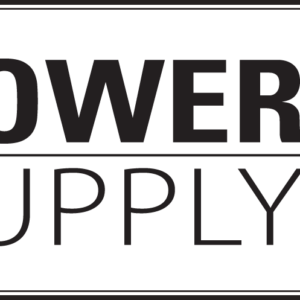 As today’s vehicles grow increasingly complex, more and more repair and maintenance tasks require that system voltage be maintained above a minimum threshold throughout the service event. The best way to accomplish this goal is to utilize a smart charger with a built-in power supply mode. This type of feature has been incorporated into select portable chargers in the last 5 years or so, as application demands have necessitated it. Whether an operator is diagnosing an intermittent electrical problem, performing a repair on an electronically controlled subsystem of the vehicle or running an ADAS recalibration, stable power is now a common requirement for a successful service event.
As today’s vehicles grow increasingly complex, more and more repair and maintenance tasks require that system voltage be maintained above a minimum threshold throughout the service event. The best way to accomplish this goal is to utilize a smart charger with a built-in power supply mode. This type of feature has been incorporated into select portable chargers in the last 5 years or so, as application demands have necessitated it. Whether an operator is diagnosing an intermittent electrical problem, performing a repair on an electronically controlled subsystem of the vehicle or running an ADAS recalibration, stable power is now a common requirement for a successful service event.
7. Battery Maintenance
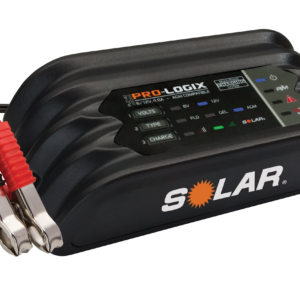 We’ll end with a big one. If you perform any type of long-term storage charging, such as is often done for out-of-season motorcycles, watercraft, ATVs, muscle cars, and more, there is a great incentive to upgrading your charger / maintainer to a current, smart charging model. For decades, most chargers simply went into a basic float mode when the battery reached full charge. While this is not necessarily bad for the battery, we would argue it is not the best way to handle a long-term charging situation. From our perspective, float charging keeps a battery charged and ready to use but does not optimize the overall health of the battery.
We’ll end with a big one. If you perform any type of long-term storage charging, such as is often done for out-of-season motorcycles, watercraft, ATVs, muscle cars, and more, there is a great incentive to upgrading your charger / maintainer to a current, smart charging model. For decades, most chargers simply went into a basic float mode when the battery reached full charge. While this is not necessarily bad for the battery, we would argue it is not the best way to handle a long-term charging situation. From our perspective, float charging keeps a battery charged and ready to use but does not optimize the overall health of the battery.
Some of today’s smart chargers feature a more complex storage charging routine, though this can vary by brand and model. Our PRO-LOGIX chargers utilize an enhanced maintenance mode that, once a battery reaches full charge, puts the battery into a period of rest followed by an exercising phase, where we simulate a starting event. Then, we come back and run a full charging routine. We believe that this results in a deeper, more beneficial charging cycle, improving battery longevity and overall health as compared with a standard float mode.
“PROFECT” Your Charge with PRO-LOGIX
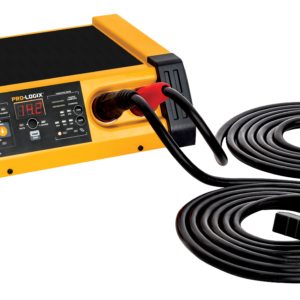 As we have noted several times above, PRO-LOGIX battery chargers deliver the features needed to properly charge all lead-acid battery types quick and beneficially. From their multi-phase charging process, ability to manage problem charging situations, incorporation of added functionality such as power supply mode and enhanced maintenance mode for optimal long-term storage charging, they cover the wide range of functions and capability needed by today’s vehicle owner.
As we have noted several times above, PRO-LOGIX battery chargers deliver the features needed to properly charge all lead-acid battery types quick and beneficially. From their multi-phase charging process, ability to manage problem charging situations, incorporation of added functionality such as power supply mode and enhanced maintenance mode for optimal long-term storage charging, they cover the wide range of functions and capability needed by today’s vehicle owner.
With a wide range of models, from our 4A PL2140 Charger / Maintainer to our 100A PL6100 Power Supply that supports vehicle reflashing, there’s a PRO-LOGIX charger to address virtually any application need. Each model delivers the same beneficial charging routine with the robust components and quality construction that deliver continuous performance in even the harshest industrial charging environments.
For more information, visit cloreautomotive.com
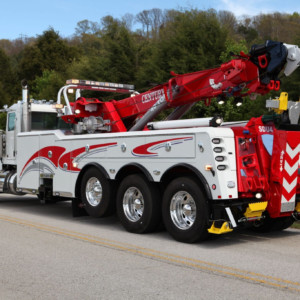 As a Tow Truck Dealer in a niche industry, you may not think this applies to you. As President and Managing Director of Tow Truck Locator LLC, my staff and I deal with tow truck owners and dealers daily. Social distancing is raising awareness that integrating digital technologies and social media strategies into marketing strategy is vital. The key to embarking on or improving digital transformation is understanding the fundamentals of the digital world, to launch effective marketing campaigns and influence customers through social selling techniques. “Ultimately, the goal of digital techniques should be to ensure the buyer journey is interactive, engaging, and enjoyable (DMI Daily Digest).”
As a Tow Truck Dealer in a niche industry, you may not think this applies to you. As President and Managing Director of Tow Truck Locator LLC, my staff and I deal with tow truck owners and dealers daily. Social distancing is raising awareness that integrating digital technologies and social media strategies into marketing strategy is vital. The key to embarking on or improving digital transformation is understanding the fundamentals of the digital world, to launch effective marketing campaigns and influence customers through social selling techniques. “Ultimately, the goal of digital techniques should be to ensure the buyer journey is interactive, engaging, and enjoyable (DMI Daily Digest).”
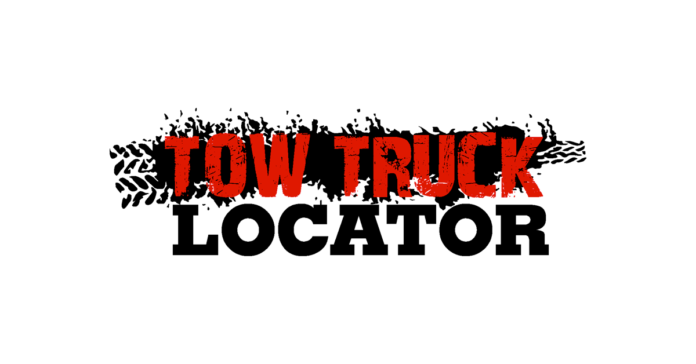
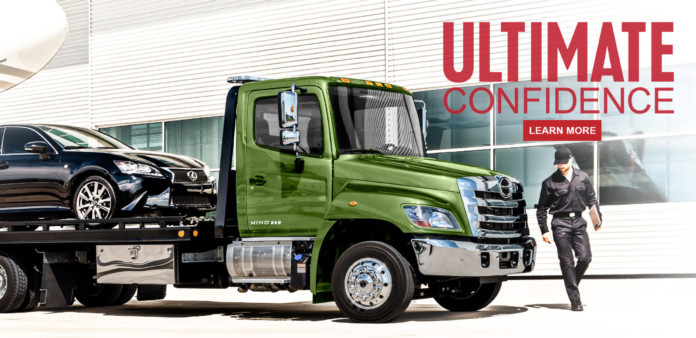
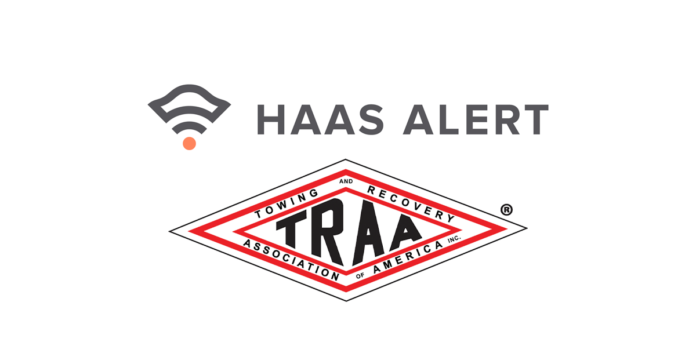
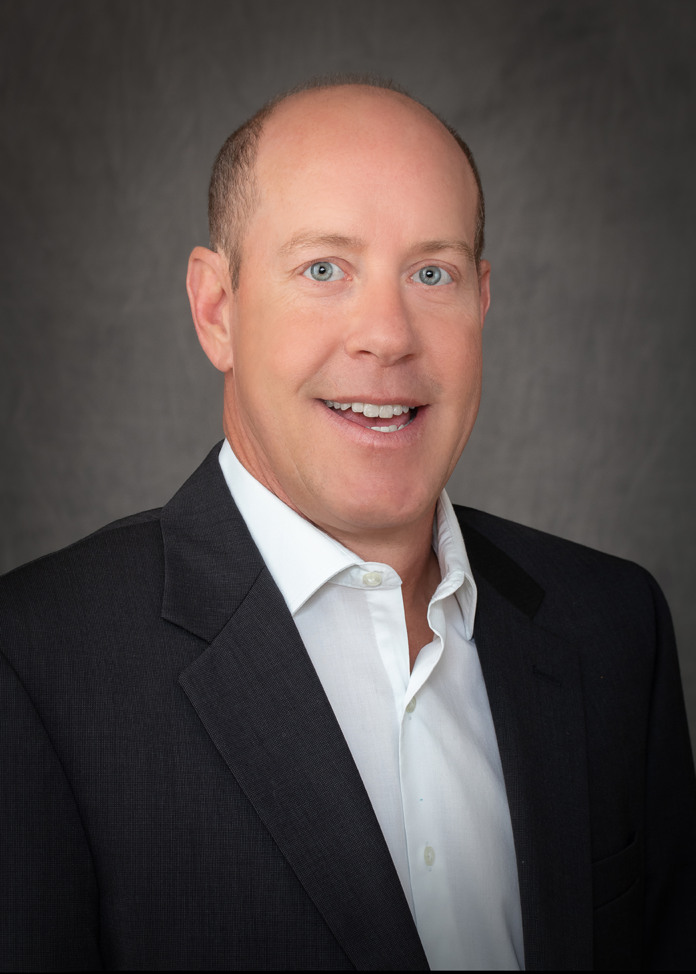

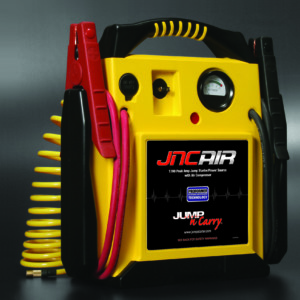 T
T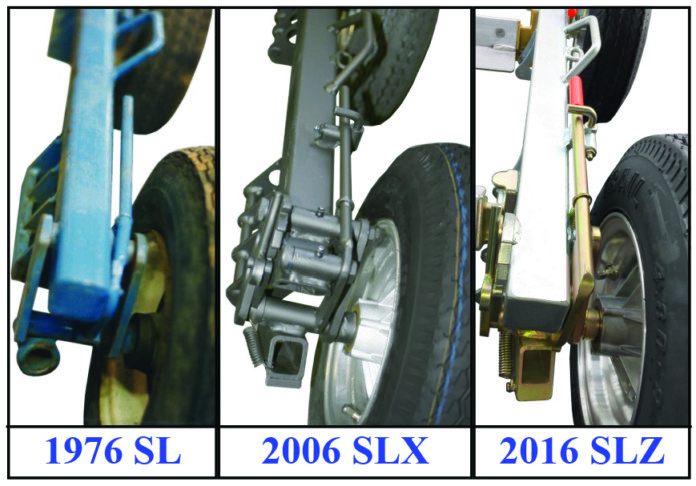
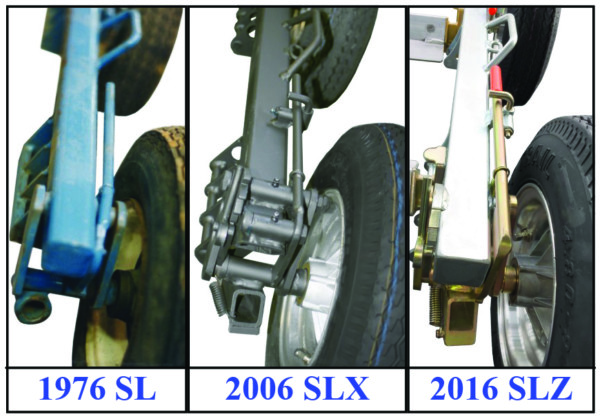 SAFEST
SAFEST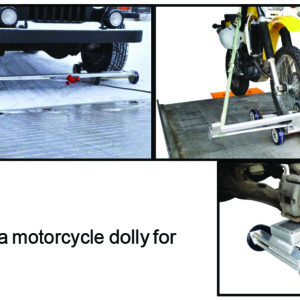
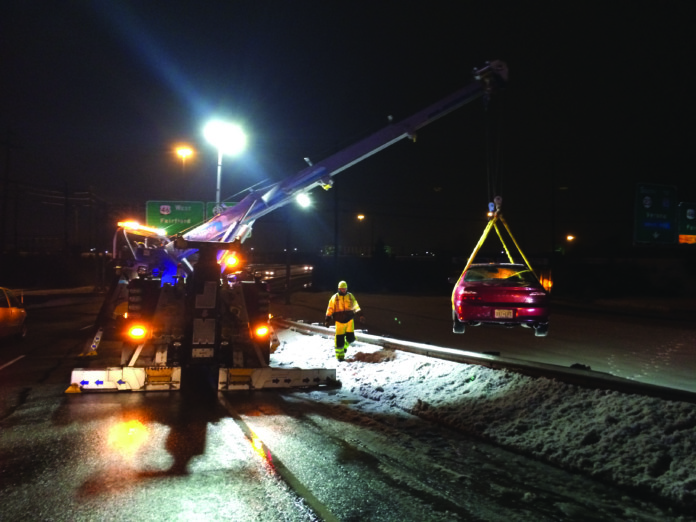
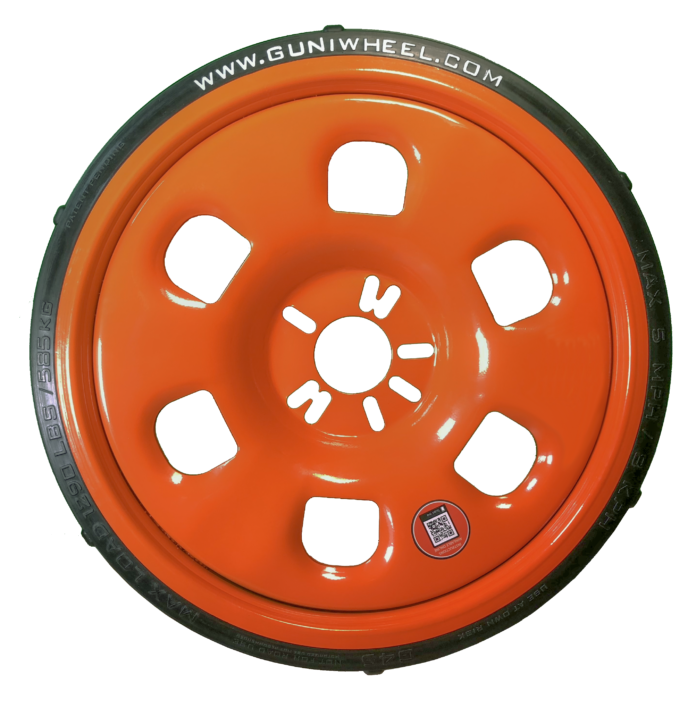

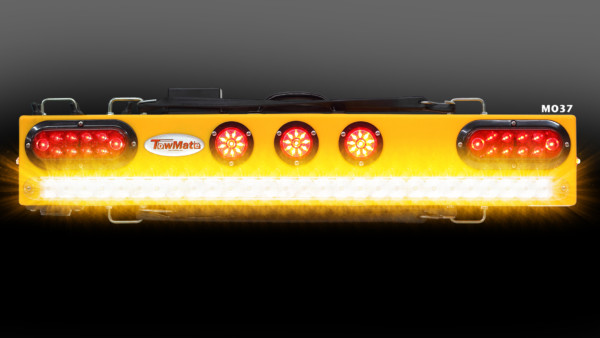 MO37Li
MO37Li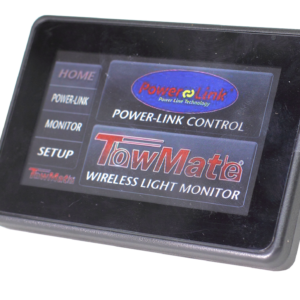 PCX61U w/Touchscreen
PCX61U w/Touchscreen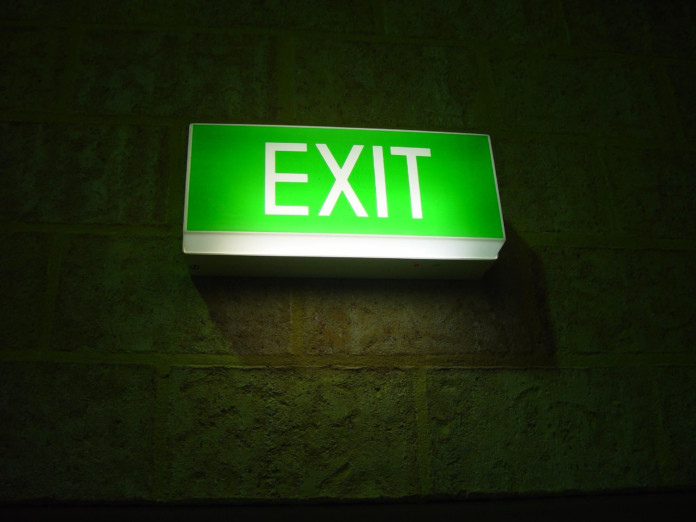
 Location, location, location- a key location can add value.
Location, location, location- a key location can add value.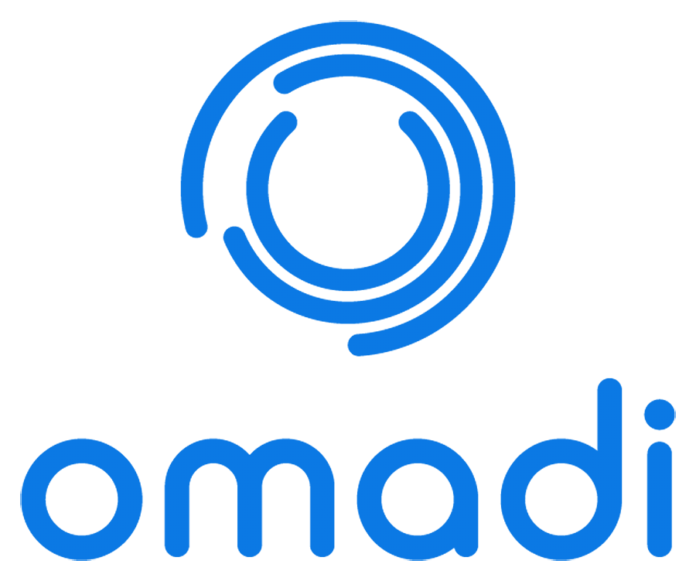
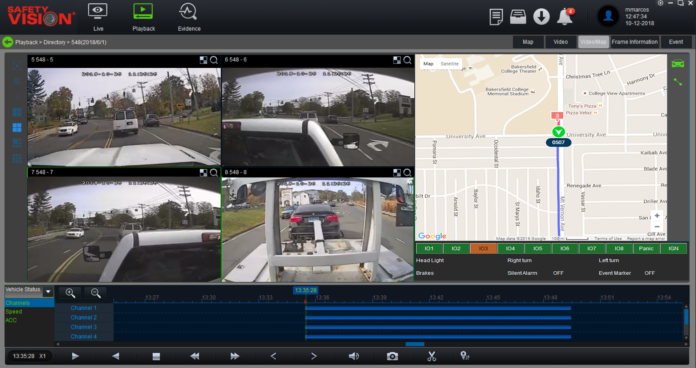
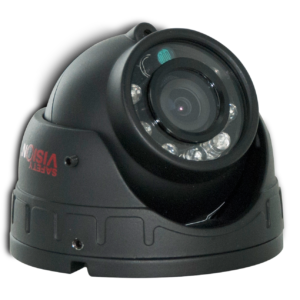 With the 41AHD interior cameras, you can enforce top-tier driving practices and strengthen personnel trainings. In-cab cameras offer a great way to understand the driving habits of personnel: know when they hard-break, turn without a signal, or how they interact with clients and utilize those moments captured to improve operational efficiency and enhance safety. These recordings can be used to critique adverse behaviors, reward favorable ones, and improve personnel trainings by turning the recordings into first-hand account videos on what to do and what not to do.
With the 41AHD interior cameras, you can enforce top-tier driving practices and strengthen personnel trainings. In-cab cameras offer a great way to understand the driving habits of personnel: know when they hard-break, turn without a signal, or how they interact with clients and utilize those moments captured to improve operational efficiency and enhance safety. These recordings can be used to critique adverse behaviors, reward favorable ones, and improve personnel trainings by turning the recordings into first-hand account videos on what to do and what not to do. 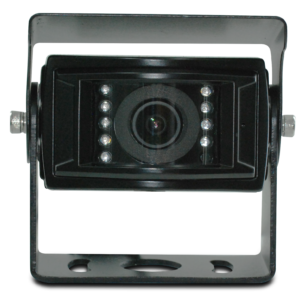 Exterior cameras are the best tool for combating false claims when an accusation arises or a driver is injured on the job. The cameras offer HD resolution no matter the time of day and provide over three lanes of view equipping you with the dependable video evidence you need to capture the events that took place. These cameras are proven to
Exterior cameras are the best tool for combating false claims when an accusation arises or a driver is injured on the job. The cameras offer HD resolution no matter the time of day and provide over three lanes of view equipping you with the dependable video evidence you need to capture the events that took place. These cameras are proven to 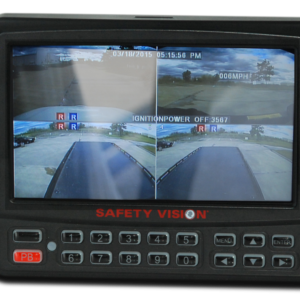 Accompanying you in the cab is the CP4 Monitor which acts like a second pair of eyes – giving you 360-degree views around your vehicle. With multiple split-screen views, you can see the cameras you need to maximize vehicle visibility and eliminate blind spots. With the integrated panic button, you can automatically create critical events in the software whenever an accident or incident takes place. Comprehensive vehicle awareness is achieved with the in-cab monitor.
Accompanying you in the cab is the CP4 Monitor which acts like a second pair of eyes – giving you 360-degree views around your vehicle. With multiple split-screen views, you can see the cameras you need to maximize vehicle visibility and eliminate blind spots. With the integrated panic button, you can automatically create critical events in the software whenever an accident or incident takes place. Comprehensive vehicle awareness is achieved with the in-cab monitor.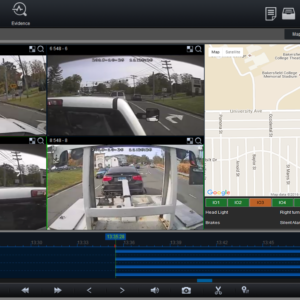 Foresight Pro is Safety Vision’s simplistic video management system that empowers you to understand your business better and have the investigative tools needed. Using vehicle metadata that is synchronized to video, you can analyze your operations to improve productivity and receive vehicle health reports. With the live-view capability you can advance response times when an operator requests further assistance or in case of an incident.
Foresight Pro is Safety Vision’s simplistic video management system that empowers you to understand your business better and have the investigative tools needed. Using vehicle metadata that is synchronized to video, you can analyze your operations to improve productivity and receive vehicle health reports. With the live-view capability you can advance response times when an operator requests further assistance or in case of an incident. 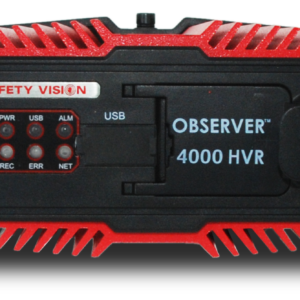 At the root of the surveillance system is the cost-effective Observer 4000 HVR Recorder. The compact and durable hardware works for you by gathering vehicle metadata and recording up to 5 cameras at once. You can customize the system to cater to your needs with 8 dynamic sensor inputs that collect the information you want to see: automatically create video clips when the panic button is pressed, when the vehicle breaks, uses a turn signal, turns on hazards, and more. With this tailored-to-you hardware, you have the reliability you require.
At the root of the surveillance system is the cost-effective Observer 4000 HVR Recorder. The compact and durable hardware works for you by gathering vehicle metadata and recording up to 5 cameras at once. You can customize the system to cater to your needs with 8 dynamic sensor inputs that collect the information you want to see: automatically create video clips when the panic button is pressed, when the vehicle breaks, uses a turn signal, turns on hazards, and more. With this tailored-to-you hardware, you have the reliability you require.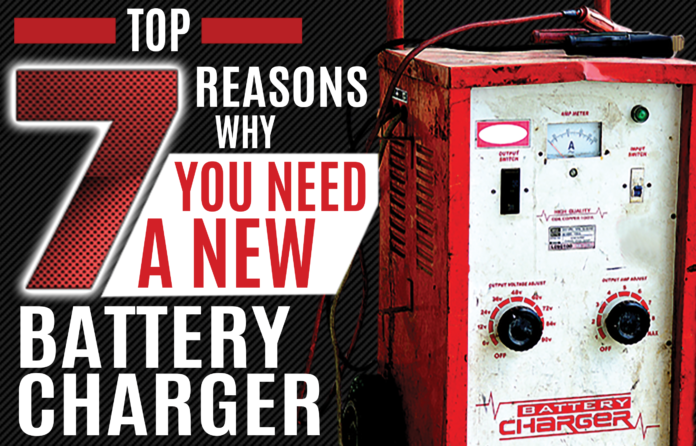
 AGM (Absorbent Glass Mat) batteries are lead-acid batteries that use a special construction to deliver a higher performance than a typical flooded lead-acid battery. In this case, the special construction is that the lead plate in the battery is wrapped using a fiberglass mat material rather than simply being suspended in the liquid electrolyte of a standard flooded battery. The fiberglass mat allows battery manufacturers to make each individual plate thinner with more plates packed into a given battery case size. The AGM construction typically delivers greater starting power (more plate surface yields greater power), improved vibration resistance (the fiberglass mat results in a more stable construction) and increased cycling capability (ability to be drained more deeply without adverse consequence).
AGM (Absorbent Glass Mat) batteries are lead-acid batteries that use a special construction to deliver a higher performance than a typical flooded lead-acid battery. In this case, the special construction is that the lead plate in the battery is wrapped using a fiberglass mat material rather than simply being suspended in the liquid electrolyte of a standard flooded battery. The fiberglass mat allows battery manufacturers to make each individual plate thinner with more plates packed into a given battery case size. The AGM construction typically delivers greater starting power (more plate surface yields greater power), improved vibration resistance (the fiberglass mat results in a more stable construction) and increased cycling capability (ability to be drained more deeply without adverse consequence). Like AGM batteries, the electronic modules that control almost every function of vehicle performance are extremely sensitive to excess voltage. If a traditional charger with very little or no voltage control is connected to a heavily depleted battery, its voltage output could exceed 16 Volts and even eclipse 17 Volts. This could spell trouble for modules and other sensitive vehicle electronics, which are difficult to repair and expensive to replace. Modern smart chargers precisely manage output voltage to eliminate the risk posed by the unregulated output seen in older chargers.
Like AGM batteries, the electronic modules that control almost every function of vehicle performance are extremely sensitive to excess voltage. If a traditional charger with very little or no voltage control is connected to a heavily depleted battery, its voltage output could exceed 16 Volts and even eclipse 17 Volts. This could spell trouble for modules and other sensitive vehicle electronics, which are difficult to repair and expensive to replace. Modern smart chargers precisely manage output voltage to eliminate the risk posed by the unregulated output seen in older chargers. As we noted above, modern batteries are sensitive to many different variables, including temperature. All batteries prefer to be charged less as temperature rises and more when temperature drops. Older chargers charge in all conditions as if it were always 70˚
As we noted above, modern batteries are sensitive to many different variables, including temperature. All batteries prefer to be charged less as temperature rises and more when temperature drops. Older chargers charge in all conditions as if it were always 70˚  A key reason for choosing now to invest in a quality smart charger is that doing so can extend the useful life of your batteries. It is not uncommon for our customers to report extending battery life by two, even three, extra seasons as a result of deploying PRO-LOGIX chargers. This is a result of the more beneficial charge delivered by the smart charging curve of PRO-LOGIX combined with the enhanced maintenance mode offered by PRO-LOGIX chargers (more on this below). The great news is that the advanced multi-stage charging routine needed by newer battery types, such as AGM, Gel Cell and Spiral Wound batteries, is also extremely beneficial for traditional flooded batteries. Choosing a charger that helps ensure those batteries are ready when you need them and prolongs their useful life is an investment that has the potential for huge returns.
A key reason for choosing now to invest in a quality smart charger is that doing so can extend the useful life of your batteries. It is not uncommon for our customers to report extending battery life by two, even three, extra seasons as a result of deploying PRO-LOGIX chargers. This is a result of the more beneficial charge delivered by the smart charging curve of PRO-LOGIX combined with the enhanced maintenance mode offered by PRO-LOGIX chargers (more on this below). The great news is that the advanced multi-stage charging routine needed by newer battery types, such as AGM, Gel Cell and Spiral Wound batteries, is also extremely beneficial for traditional flooded batteries. Choosing a charger that helps ensure those batteries are ready when you need them and prolongs their useful life is an investment that has the potential for huge returns. Similar to the preceding reason, getting more out of your batteries or overcoming problem situations involving your batteries through the use of a smarter, more effective charger is another smart move. We’ve all encountered situations involving problem batteries. One good example of this is early battery failure due to sulfation, which occurs most often when a battery isn’t used regularly. In such situations, periodic charging with a smart charger like our PRO-LOGIX series will combat a battery’s natural creep towards sulfation or mitigate that sulfation if it is present in a battery under service. Another example comes when servicing a severely depleted battery. Our PRO-LOGIX chargers feature a built-in soft start routine to slowly bring a deeply discharged battery back to full charge. This is best for the battery’s health and longevity.
Similar to the preceding reason, getting more out of your batteries or overcoming problem situations involving your batteries through the use of a smarter, more effective charger is another smart move. We’ve all encountered situations involving problem batteries. One good example of this is early battery failure due to sulfation, which occurs most often when a battery isn’t used regularly. In such situations, periodic charging with a smart charger like our PRO-LOGIX series will combat a battery’s natural creep towards sulfation or mitigate that sulfation if it is present in a battery under service. Another example comes when servicing a severely depleted battery. Our PRO-LOGIX chargers feature a built-in soft start routine to slowly bring a deeply discharged battery back to full charge. This is best for the battery’s health and longevity. As today’s vehicles grow increasingly complex, more and more repair and maintenance tasks require that system voltage be maintained above a minimum threshold throughout the service event. The best way to accomplish this goal is to utilize a smart charger with a built-in power supply mode. This type of feature has been incorporated into select portable chargers in the last 5 years or so, as application demands have necessitated it. Whether an operator is diagnosing an intermittent electrical problem, performing a repair on an electronically controlled subsystem of the vehicle or running an ADAS recalibration, stable power is now a common requirement for a successful service event.
As today’s vehicles grow increasingly complex, more and more repair and maintenance tasks require that system voltage be maintained above a minimum threshold throughout the service event. The best way to accomplish this goal is to utilize a smart charger with a built-in power supply mode. This type of feature has been incorporated into select portable chargers in the last 5 years or so, as application demands have necessitated it. Whether an operator is diagnosing an intermittent electrical problem, performing a repair on an electronically controlled subsystem of the vehicle or running an ADAS recalibration, stable power is now a common requirement for a successful service event. We’ll end with a big one. If you perform any type of long-term storage charging, such as is often done for out-of-season motorcycles, watercraft, ATVs, muscle cars, and more, there is a great incentive to upgrading your charger / maintainer to a current, smart charging model. For decades, most chargers simply went into a basic float mode when the battery reached full charge. While this is not necessarily bad for the battery, we would argue it is not the best way to handle a long-term charging situation. From our perspective, float charging keeps a battery charged and ready to use but does not optimize the overall health of the battery.
We’ll end with a big one. If you perform any type of long-term storage charging, such as is often done for out-of-season motorcycles, watercraft, ATVs, muscle cars, and more, there is a great incentive to upgrading your charger / maintainer to a current, smart charging model. For decades, most chargers simply went into a basic float mode when the battery reached full charge. While this is not necessarily bad for the battery, we would argue it is not the best way to handle a long-term charging situation. From our perspective, float charging keeps a battery charged and ready to use but does not optimize the overall health of the battery. As we have noted several times above, PRO-LOGIX battery chargers deliver the features needed to properly charge all lead-acid battery types quick and beneficially. From their multi-phase charging process, ability to manage problem charging situations, incorporation of added functionality such as power supply mode and enhanced maintenance mode for optimal long-term storage charging, they cover the wide range of functions and capability needed by today’s vehicle owner.
As we have noted several times above, PRO-LOGIX battery chargers deliver the features needed to properly charge all lead-acid battery types quick and beneficially. From their multi-phase charging process, ability to manage problem charging situations, incorporation of added functionality such as power supply mode and enhanced maintenance mode for optimal long-term storage charging, they cover the wide range of functions and capability needed by today’s vehicle owner.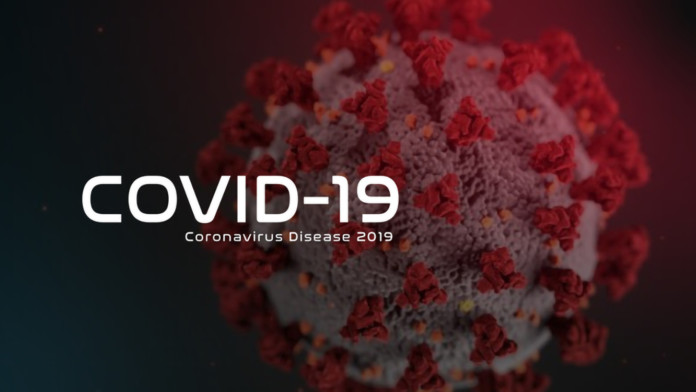
 When I owned my tow company, my wife and I would take off for a week and plan our business for the next year.
When I owned my tow company, my wife and I would take off for a week and plan our business for the next year.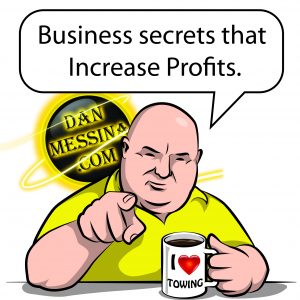 members you never knew. I’m constant amazed every day how the people of this country came together and helped each other out.
members you never knew. I’m constant amazed every day how the people of this country came together and helped each other out. 